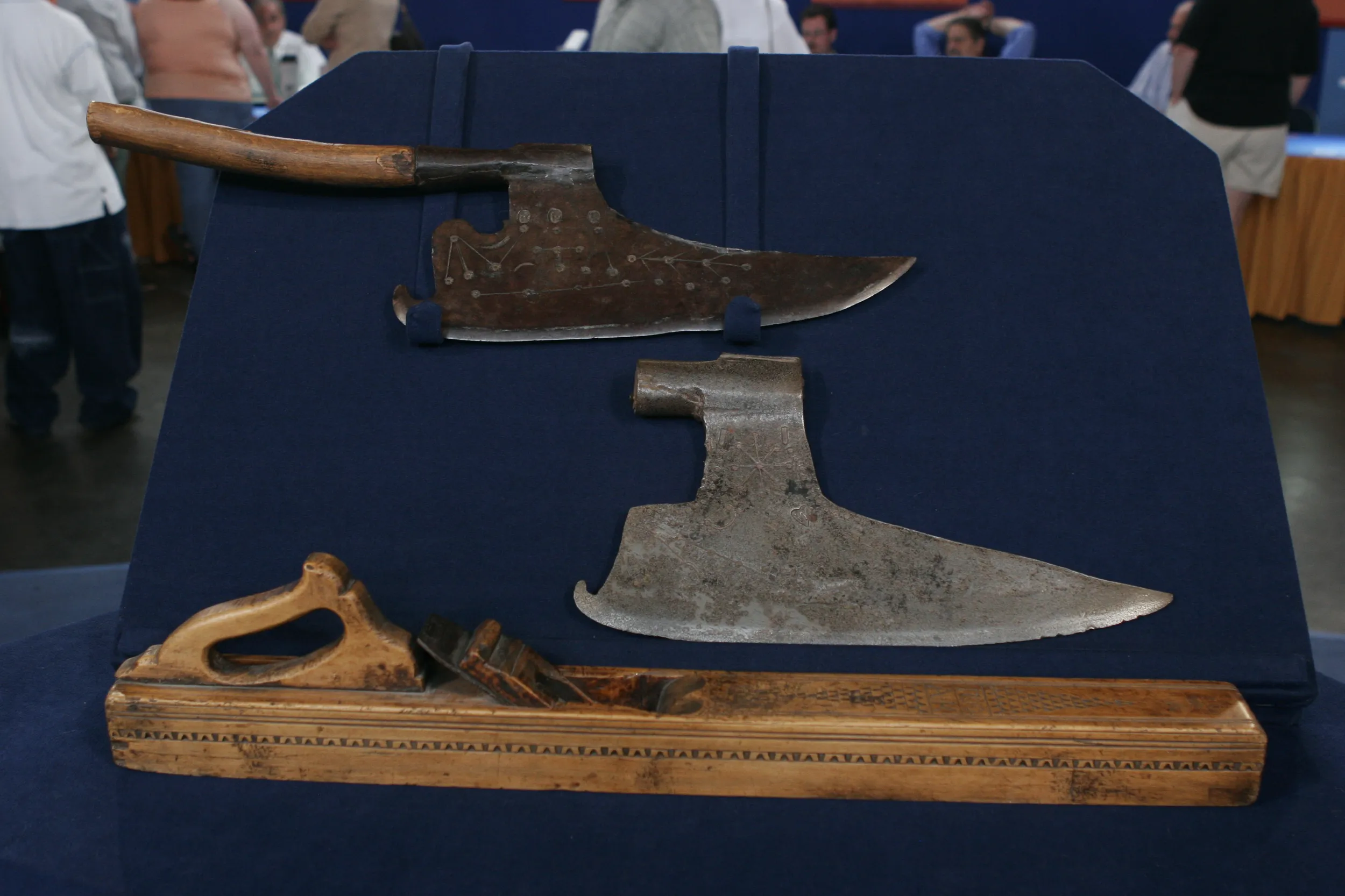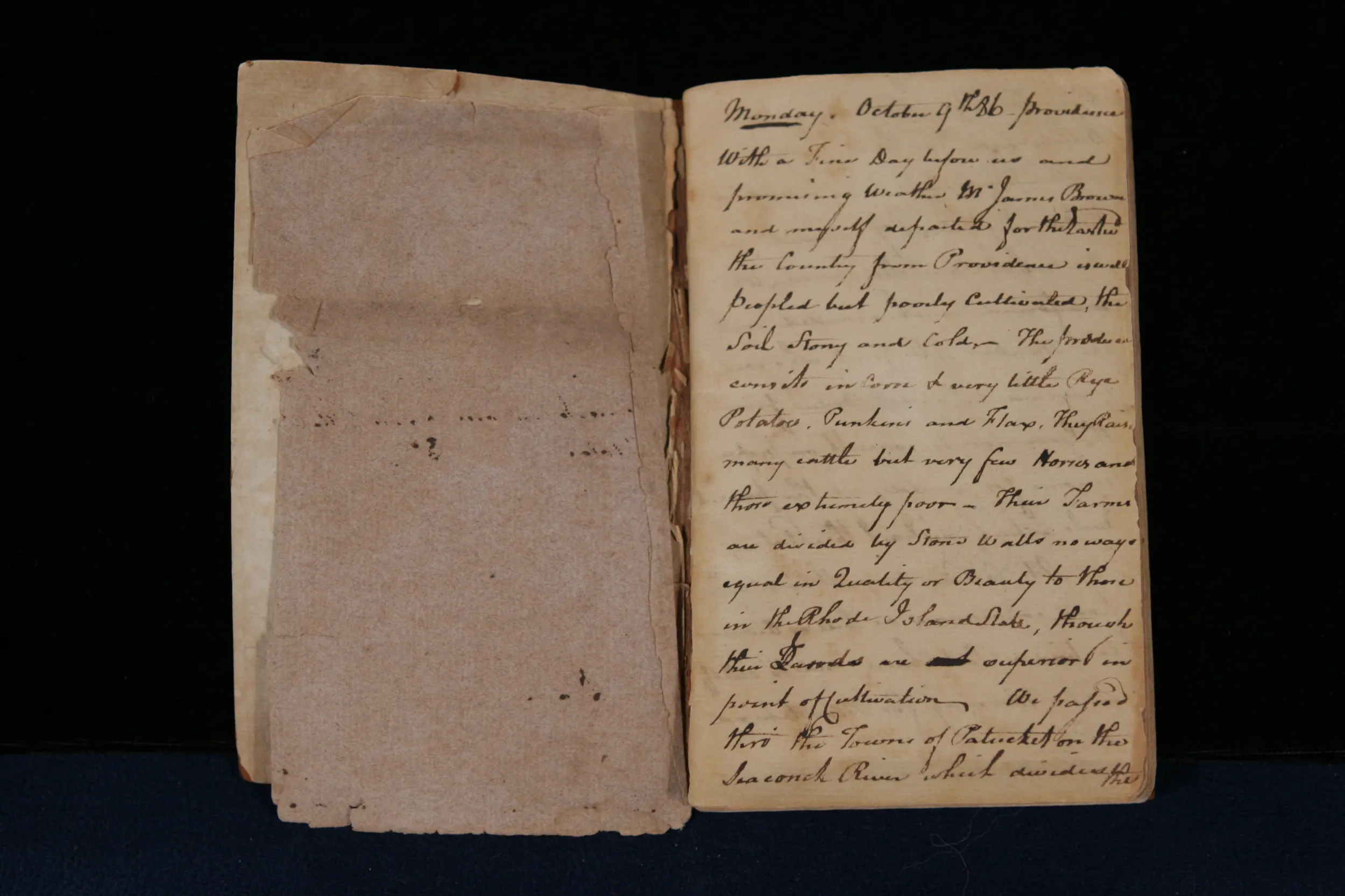GUEST: I got this from my great-aunt, and I've heard two stories. The first story I heard is that it was given to her as a gift by the artist that made it, and she believed that the artist had a larger copy of this in a museum in Europe. I'm not sure which one. The other story that I've heard is that my great-grandfather, Fenley Hunter, purchased it at an auction in about 1920, and I think that's the one I tend to believe more because on the bottom it looks like it says "Fen, 1921."
APPRAISER: Where he wrote his name on the bottom.
GUEST: Yeah.
APPRAISER: Did your great-grandfather travel in China?
GUEST: I really don't know much about what he did.
APPRAISER: I think the first story is highly unlikely, and there are a couple of reasons for that. One is your great-aunt would have to have been pretty old because, in fact, this dates from the early to the mid-18th century. So I don't think it's very likely she actually purchased it from the artist.
GUEST: Right.
APPRAISER: I think that's a very slim chance. And one of the reasons that we can tell that is by looking at the carving itself. It's carved of a type of stone called steatite, which we commonly call soapstone. It's a very soft stone. In fact, this was made in China, and it's an example of some of the very best quality stone carving from that period, quite different from the type of carving that is done using jades or quartz, so it's a very different type of artisan who worked in this material. And because it's so soft, it's also extremely difficult to do with very fine details because it chips and flakes in ways that are awkward. But if you look at the details of the carving, you'll notice at the border of the robe on the figure, there's incised, very finely, sort of a vine pattern at the edge of his robe. That's pretty characteristic of the designs that one finds on early 18th-century carved figures of this type. Now, these were made as presentation pieces. For instance, if you were graduating from school and you passed the civil service exams, you might be presented with a figure of this type. And he's holding a peach-- symbolic of prosperity and success.
GUEST: Great.
APPRAISER: Now, the other thing, notice there's areas of dark coloring on the head here, and on some areas of the incised foliate design. And in fact, what they did is they would have a very fine needle, which they would carve that with, and then they would rub ink into those recesses. And in many instances, they would... in addition to that, they would gild the decoration or even paint some of the other designs.
GUEST: Wow, that's very interesting.
APPRAISER: So it's very, very fine quality workmanship that produced this, and not many of these exist. Do you know what the value might be?
GUEST: I really don't have a clue.
APPRAISER: The value of this is about $4,000 to $6,000.
GUEST: Wow! That's fantastic.
APPRAISER: Really very nice. So congratulations. Your great-grandfather had great taste.
GUEST: Thank you.











